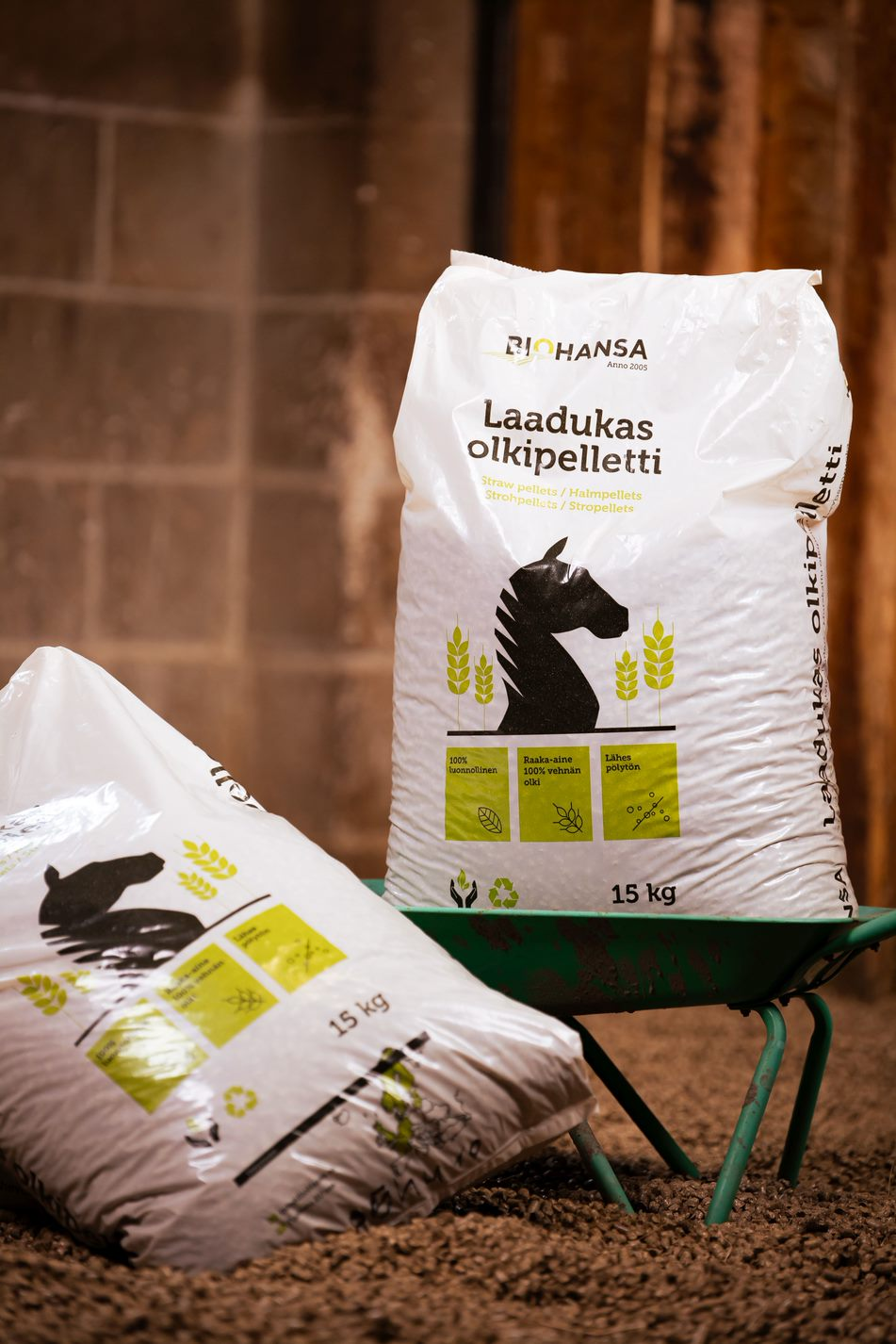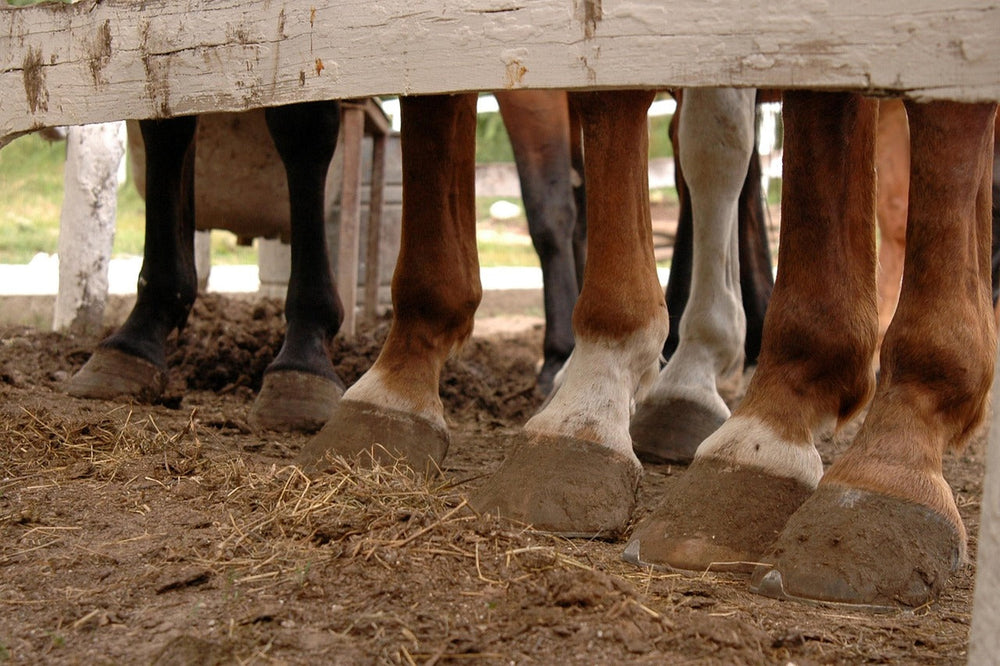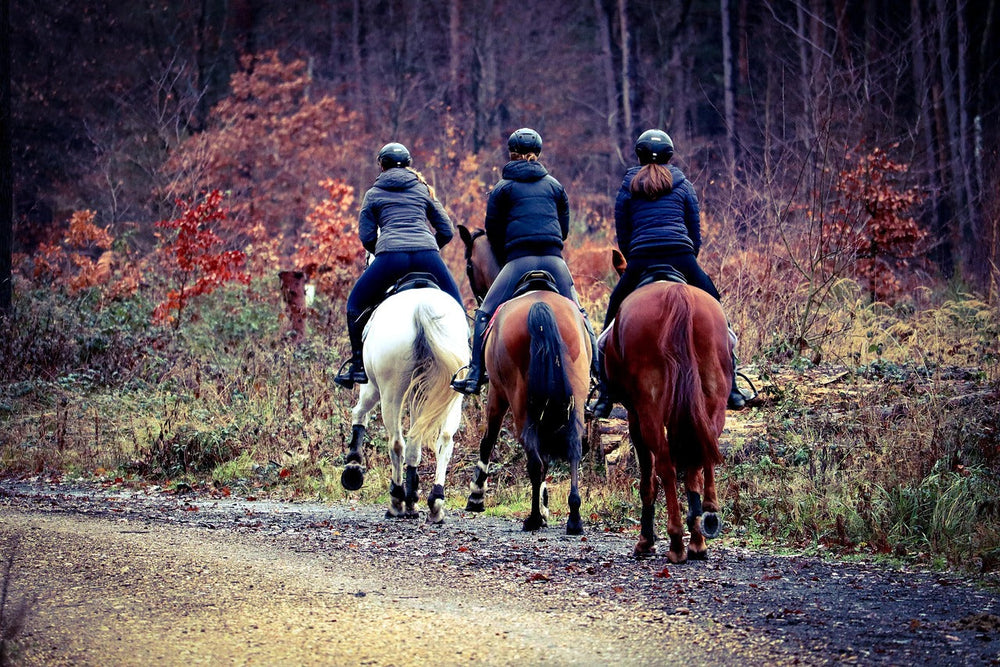Effects of grazing
During the summer months, the effects of grazing should be taken into account in the horse's diet. Grazing provides the horse with natural nutrition and is good for the horse's digestive system. You can read more about the benefits of grazing on our blog . In addition to pasture grass, it is worth monitoring the horse's fatness and providing additional feed if necessary to ensure balanced feeding. Especially in dry summers, pasture grass can be scarce. Before being put out to pasture, the horse should already be accustomed to the new grass. After the indoor feeding season, spring grass increases the risk of, for example, foot rot, gallstones and insulin resistance. The risk is caused by the non-structural carbohydrates (NSCs) in plant cells, or more commonly known as sugars and starch. Sugars are formed in grass plants in the form of glucose, fructose and sucrose. The sugar content of pasture grass varies depending on the plant variety, the growth stage of the grass, environmental conditions and even the time of day. For these reasons, it is advisable to limit grazing time in the first few weeks, as the horse can eat large amounts of new greens in a short time. If the horse has previously had foot and mouth disease, there is a high risk of it happening again on the pasture. Therefore, it would be a good idea to start grazing in 15-30 minute daily intervals and gradually increase the time. Despite all its advantages, pasture grass alone is not enough to provide daily mineral intake. A horse gets plenty of potassium from pasture grass, but not enough sodium, copper and zinc, for example. For this reason, during the grazing season, sufficient mineral feeding and salt intake should also be ensured. Most often, a traditional all-mineral supplement for horses is suitable for mineral supplementation.Training season feeding
When you return to indoor feeding after the summer, it causes changes in both the horse's feeding and daily routine. The transition from pasture to indoor feeding in turn increases the number of whining, as the amount of water drunk, bowel movements and manure production also change. The introduction to indoor feeding begins a couple of weeks before leaving the pasture. Intestinal microbes are sensitive to changes in sugar and protein content and hygienic quality and require time to adapt to the change in feeding. For this purpose, the horses can only be partially on pasture in the final stages and, for example, spend the nights in the stable or the horses are fed on pasture. Feeding should be started in moderation and light, calm exercise improves intestinal movements and digestion. The grazing season is different from the training season. The horse's diet must meet its energy needs . The horse's diet must contain enough protein, carbohydrates and fats to provide the energy it needs. In addition, fiber is needed to support digestion. If necessary, it is a good idea to consult with a veterinarian or nutritionist to tailor your horse's diet. Professionals can help identify your horse's nutritional needs and recommend the best feeding methods for different times of the year. Discover Biohansa's feed products via this link . Remember to subscribe to our newsletter and follow us on social media to receive information about new products and current topics in your email. Also give us feedback on what topics you would like to read about on Biohansa's blog! Sources:
Getting used to the grazing season | Horse Information Center
Transition to indoor feeding season | Horse Information Center
Mineral feeding during the grazing season | Horse Information Center
Photo: Pixabay
Sources:
Getting used to the grazing season | Horse Information Center
Transition to indoor feeding season | Horse Information Center
Mineral feeding during the grazing season | Horse Information Center
Photo: Pixabay






